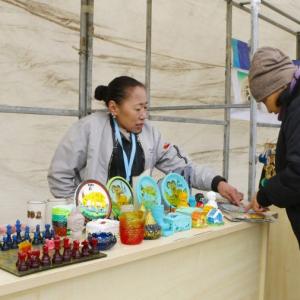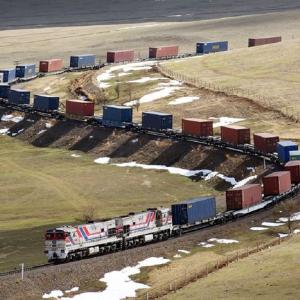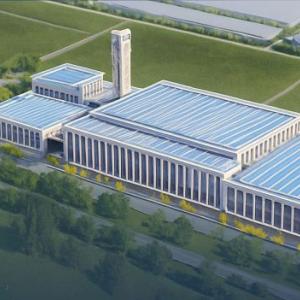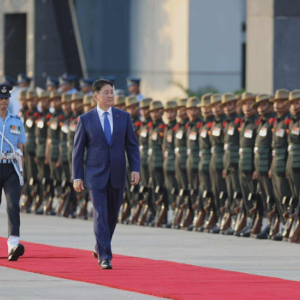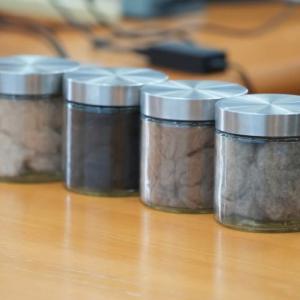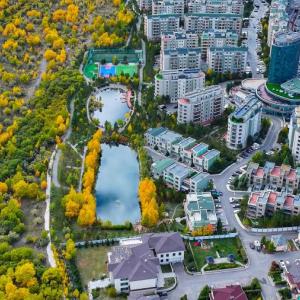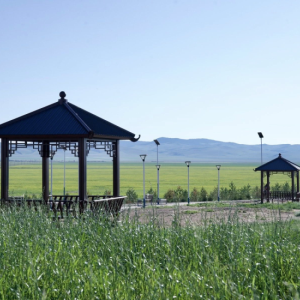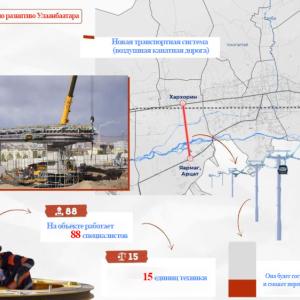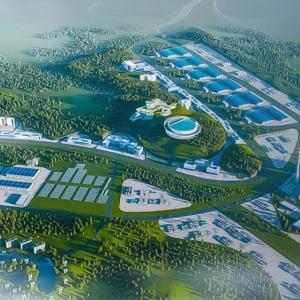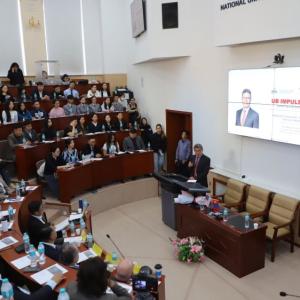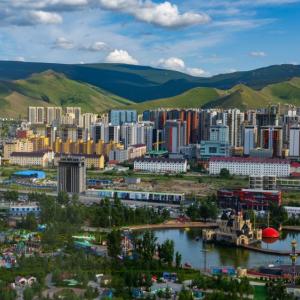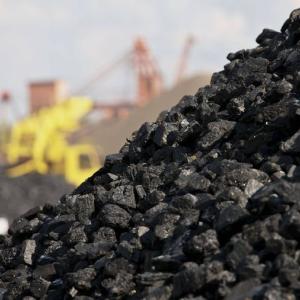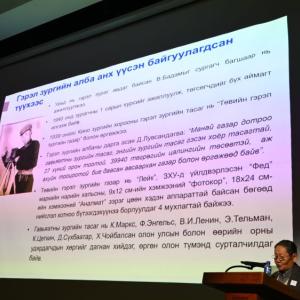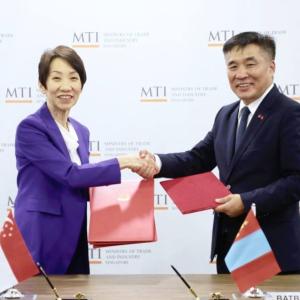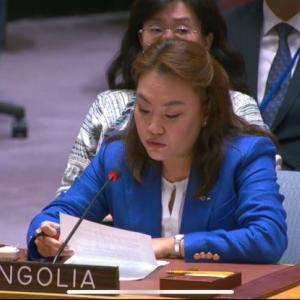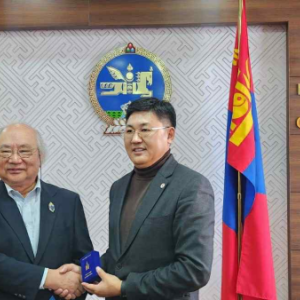Mongolia Projects 7.4 Percent Economic Growth
Economy
Ulaanbaatar, March 14, 2025 /MONTSAME/. Mongolia’s economy is projected to grow by 7.4 percent this year.
Due to sustained high levels of coal extraction and increased copper concentrate production at Oyu Tolgoi, the mining sector is expected to see accelerated growth. Meanwhile, the agricultural sector is forecast to recover from this past winter’s severe conditions, the fiscal outlook may weaken, and the implementation of major energy and infrastructure projects will boost investment, thereby supporting growth in non-mining sectors. Over the medium term, construction related to these projects will continue throughout 2026, driving economic expansion. However, starting in 2027, external demand is expected to weaken, investment may decrease, and trade conditions could worsen, which are all factors that may dampen growth prospects.
Furthermore, inflation is expected to exceed the target throughout this year, and then stabilize within the target range beginning in the second quarter of 2026. Rising domestic prices for flour, meat, and meat products will drive up food inflation in the coming quarters. As domestic demand grows and the Mongolian tugrug depreciates, prices for both imported and locally produced goods will rise, keeping overall inflation in double digits throughout this year. From next year onward, with economic activity gradually slowing and the base effect of earlier government-regulated service price hikes fading, inflation is projected to stabilize within the target range from the second quarter of 2026. According to the Bank of Mongolia, factors such as unexpected weather events, greater-than-anticipated pass-through of heating and electricity costs to businesses, the implementation of mega projects, fiscal uncertainties, and exchange rate fluctuations could influence these projections.
In January of this year, inflation reached 9.6 percent, 0.6 percentage points higher than the previous month. Economic activity and wage growth led to higher-than-expected increases in the prices of services, rentals, and imported goods. Rising electricity charges and their subsequent pass-through effects also pushed inflation upward. Of the 410 products in the consumer basket, the number of items whose prices increased by 8 percent or more grew, comprising 48 percent of the entire basket.
Foreign trade turnover was robust, and the transport sector grew by 23.1 percent. Driven by domestic demand, other service sectors expanded by 8 percent, contributing 4.8 percentage points to overall economic growth. Increasing economic activity and imports also boosted tax revenues; net product taxes rose 16.1 percent, contributing an additional 2 percentage points to growth.
Coal production reached 100 million tons, and with rising copper and gold production at Oyu Tolgoi, the mining sector expanded by 10.8 percent. However, the agricultural sector contracted by 28.7 percent due to the loss of 9.4 million head of livestock last year.
 Ulaanbaatar
Ulaanbaatar

















